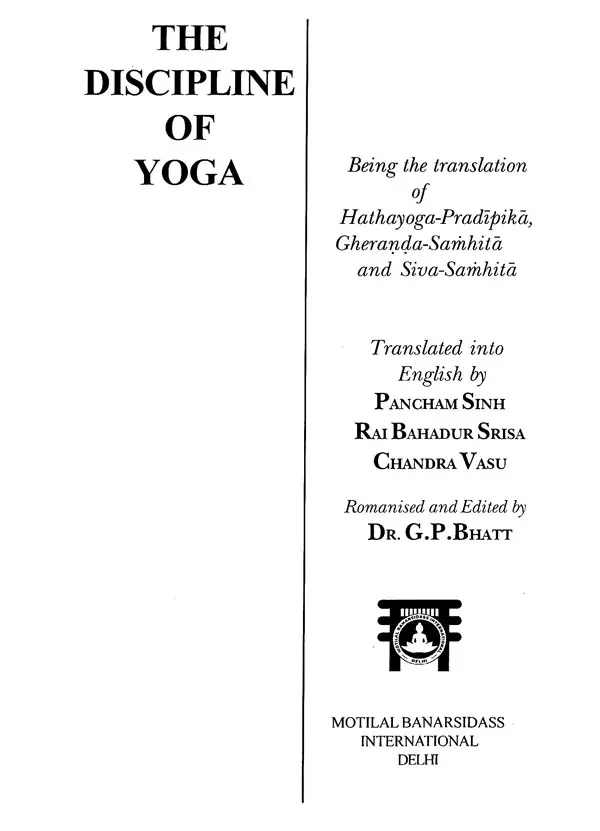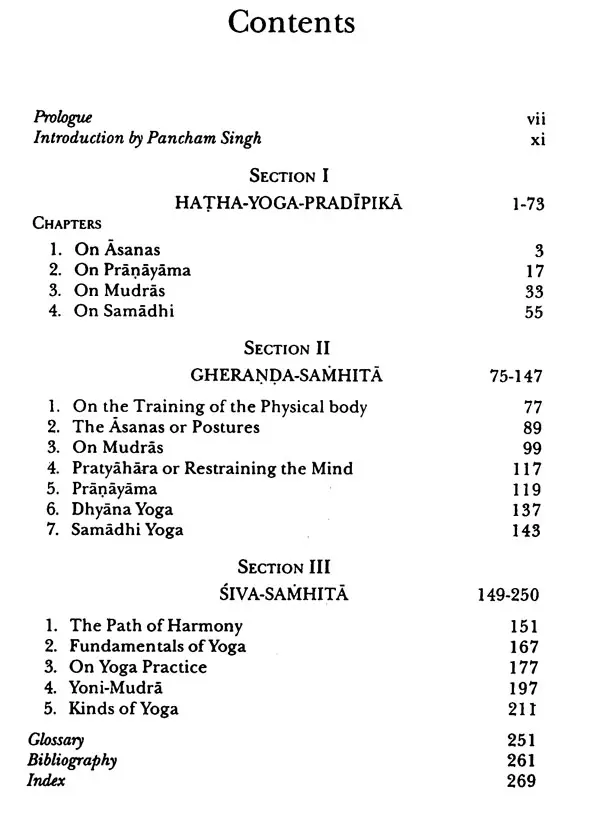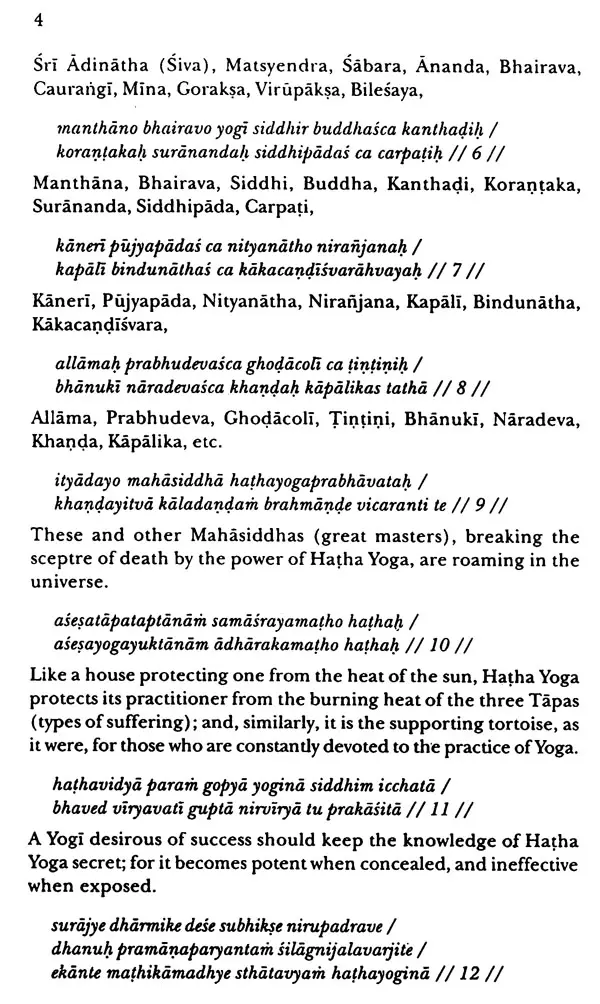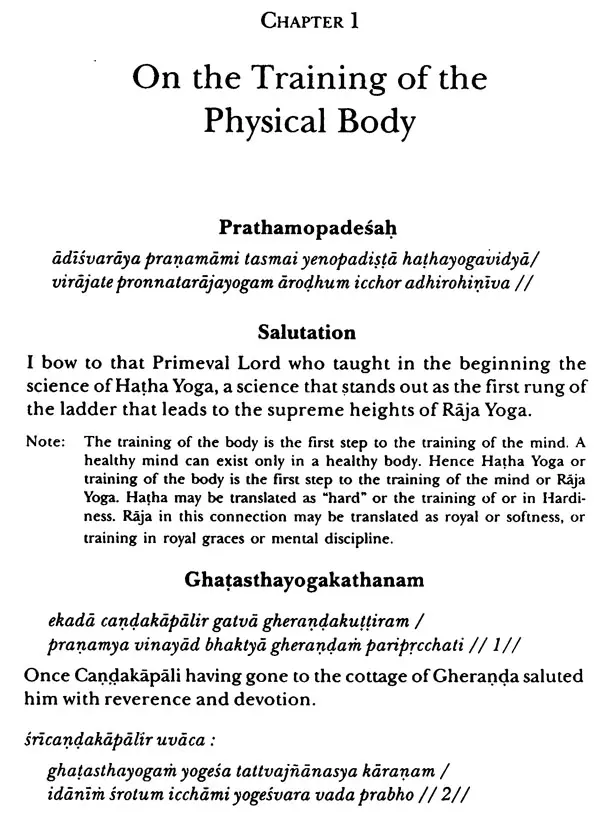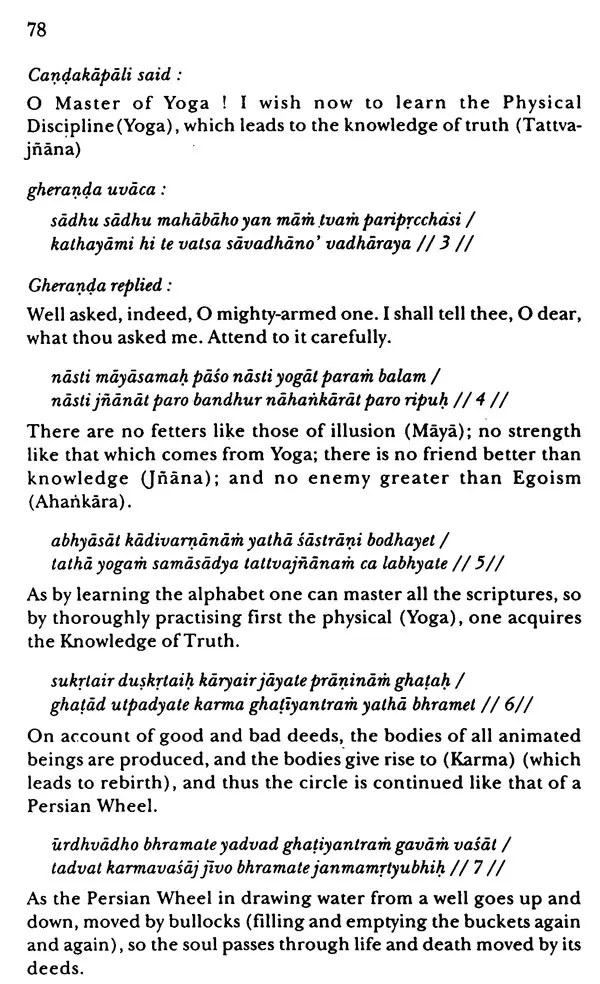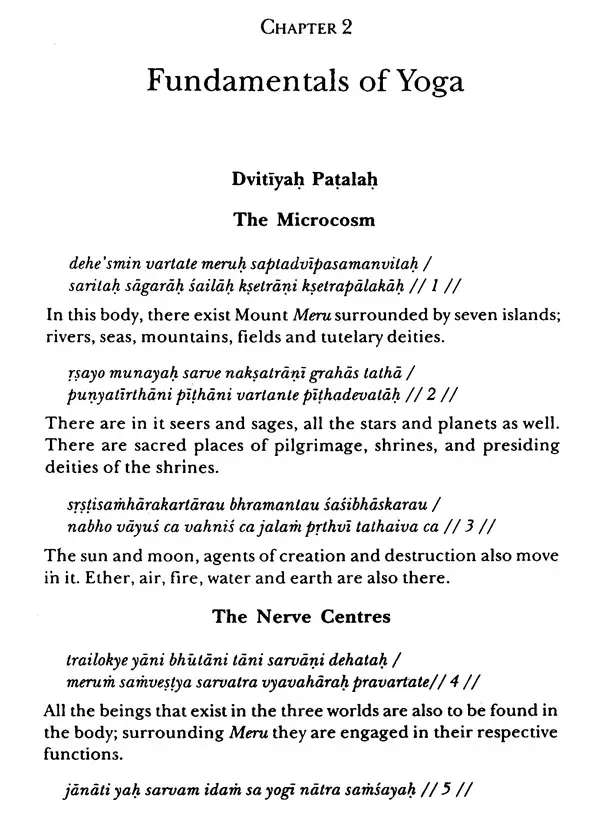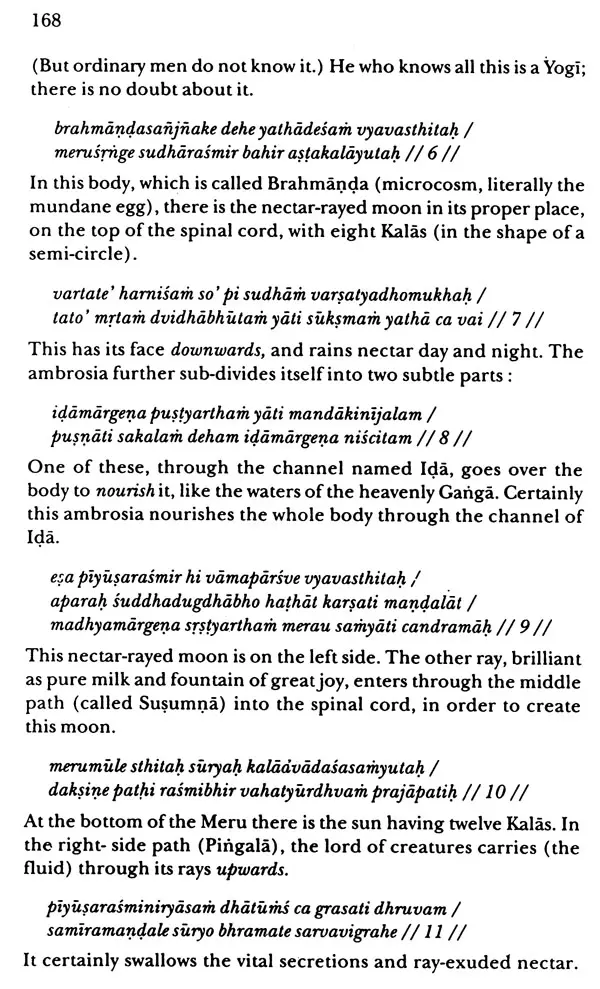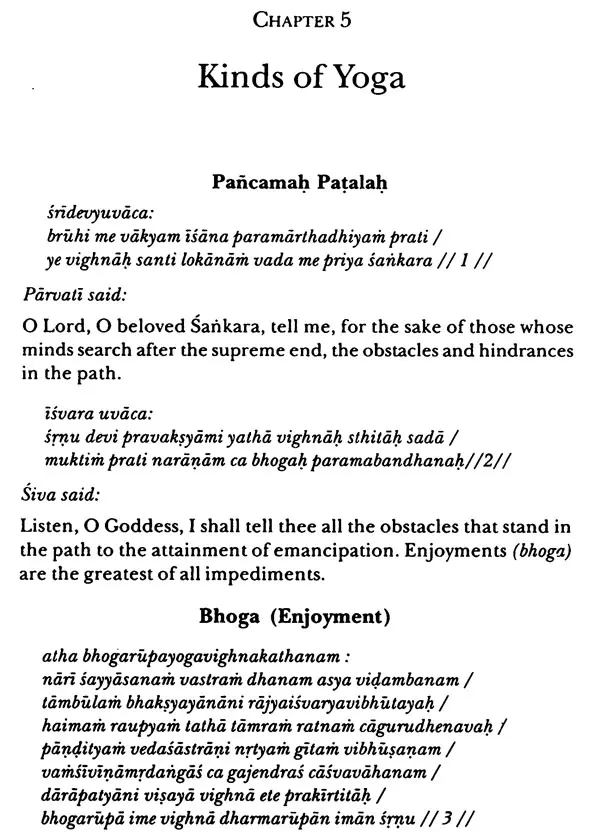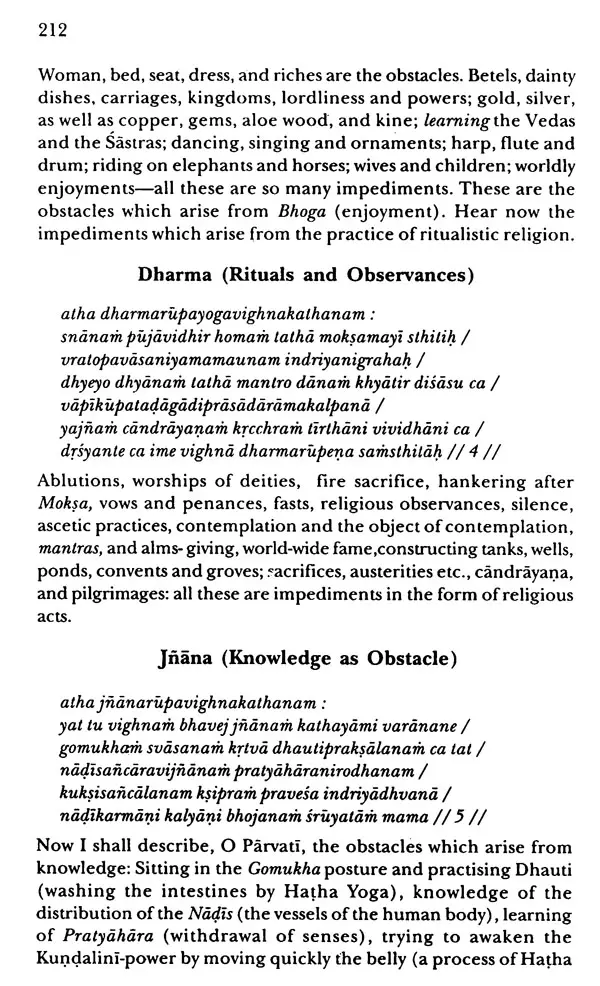
The Discipline of Yoga- Being The Translation of Hathayoga- Pradipika, Gheranda- Samhita and Siva Samhita
Book Specification
| Item Code: | UAN985 |
| Author: | G. P. Bhatt, Pancham Sinh, Rai Bhadur Srisa and Chandra Vasu |
| Publisher: | Motilal Banarsidass International, Delhi |
| Language: | English |
| Edition: | 2004 |
| ISBN: | 9789392510236 |
| Pages: | 275 |
| Cover: | PAPERBACK |
| Other Details | 8.50 X 5.50 inch |
| Weight | 350 gm |
Book Description
LAYAYOGA
The Definitive Guide to the Chakras and Kundalini
Tantra-a spiritual tradition centered on the use of the body to find enlightenment has become extremely popular in the West, but at the heart of Tantra is the little known practice of Loyayoga. Layayoga focuses on the Tantric process of transforming the ordinary human body into a divine body in which every cell is awakened with consciousness. The fundamental aspect of Layayoga is the concentration and breath exercises, and the movement of this energy through the chakras.
In Layayoga the adept learns not only to raise kundalini power from the base of the spine up through each chakra to the crown of the head, but also to then skilfully guide this power back to its home at the base of the spine. In the process the body becomes suffused with consciousness in a way not found in other types of Yogo. The result of the author's lifetime of yogic experimentation and Sanskrit scholarship, Layayoga corrects many misconceptions about the chakras and nadis. Complete with meditations and mantras to accompany each chakra, it will allow serious students of Yoga to realize a previously unimagined level of enlightenment in which they are one with the supreme consciousness.
KUNDALINI RISING
Exploring the Energy of Awakening
Known as "kundalini", this legendary power is believed to catalyze spintual evolution. But is kundalini real? And if so how can we engage this energy to awaken our consciousness? For centuries, the secrets of kundalini have been guarded by masters and buried in esoteric texts around the globe. Kundalini Rising brings together twenty-four illuminating essays by some of today's most prominent voices to demystify this mysterious phenomenon. From personal accounts and yogic practices to brain research and historical perspectives, this compelling anthology weaves together both the mystical and practical perspectives on the rise of kundalini energy to help support your own spiritual discovery.
There exists at present a good deal of misconception with regard to the practices of the Hatha Yoga. People easily believe in the stories told by those who themselves heard them second-hand, and no attempt is made to find out the truth by a direct reference. to some good treatise. It is generally believed that the six practices, (Satkarma) in Hatha Yoga are compulsory for the student and that besides being dirty, they are fraught with danger to the practitioner. This is not true, for these practices are necessary only in case there exist impurities in the Nadis, and not otherwise.
There is also a lot of misunderstanding with regard to Pranayama. People put their faith implicitly in the stories told about the dangers attending the practice without ever taking the trouble of ascertaining the facts themselves. We have been breathing in and breathing out air since our birth, and will continue to do so till death; and this is done without the help of any teacher. Pranayama is nothing but a properly regulated form of the otherwise irregular and hurried flow of air, without using much force or undue restraint; and if this is accomplished by patiently keeping the flow slow and steady, there can be no danger. It is the impatience for the Siddhis which causes undue pressure on the organs and thereby causes pain in the ears, eyes, chest, etc. If the three Bandhas be carefully performed while practicing Pranayama, there is no possibility of any risk.
There are two classes of students of Yoga: (1) those who study it theoretically; (2) those who combine the theory with practice.
Yoga is of very little use, if studied theoretically. It was never meant for such a study. In its practical form, however, the path of the student is beset with difficulties. The books on Yoga give instructions so far as it is possible to express the methods in word, but all persons, not being careful enough to follow these instructions to the very letter, fail in their object. Such persons require a teacher versed in the practice of Yoga. It is easy to find a teacher who will explain the language of the books, but this is far from satisfactory. For instance, a Pandita wihtout any knowledge of the science of Materia Medica will explain kantakarih as kantakasya arih or an enemy of thorns, i.e., shoes, while it is in reality the name of a medicinal plant.
**Contents and Sample Pages**
